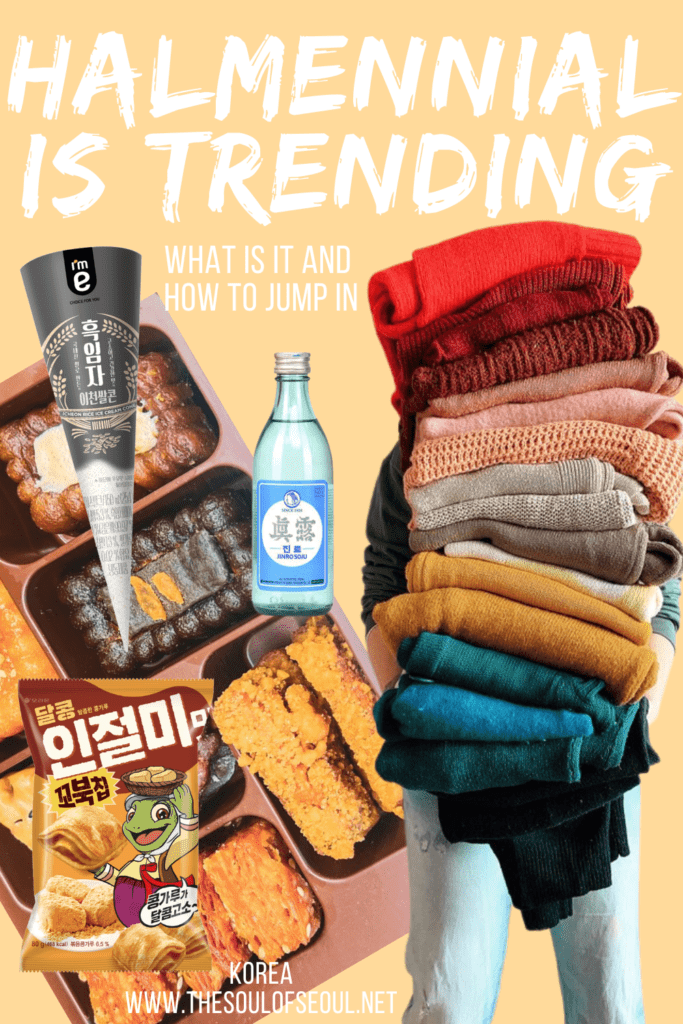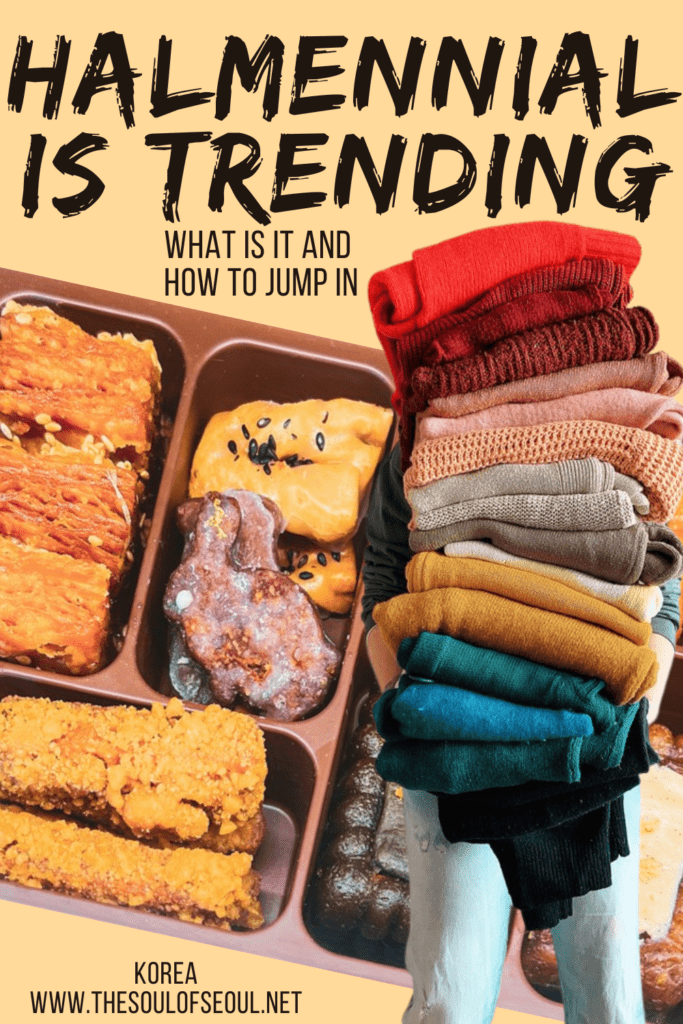The Halmennial Trend In Korea And What It Means
Even if you haven’t yet heard of the Halmennial (할매니얼) trend in Korea, you might have noticed the bits and bobs that make up the trend. From traditional snacks becoming so cool, they’re chic rather than traditional, to “ajumma pants” taking center stage in girls’ trips, the Halmennial trend is all around. Halmennial, the combination of “halmeoni” (할머니), the word for grandmother in Korean, and “millennial” is the next stage of the “newtro” trend in Korea.
Ready to get retro? Ready to go even further and embrace the grandmother inside of you? You might already be on trend then.

Get ready to get retro in Korea:
- What does “newtro” mean?
- Examples of the Newtro Trend in Korea
- What does “halmennial” mean?
- Examples of the Halmennial Trend in Korea
(This post contains affiliate links, which means I receive a certain percentage of a sale if you purchase after clicking at no cost to you. Thank you for your support.)
What does “newtro” mean?
To understand the halmennial trend, you first need to understand the precursor, the newtro (뉴트로) trend in Korea. “Newtro” is the combination of “new” and “retro” and inklings of this started popping up in 2018 but it really started going viral when people were stuck at home during Covid and waves of nostalgia were hitting them. Remembering when they were younger and at home, watching cartoons, eating snacks, etc. People started collecting old comic books, and other retro toys.
Much of the population in Korea is currently in the 30 to 50 age group and it was this group that was harkening back to when they grew up in the 1980s and 1990s. If you’re not sure what Korea looked like during this time period, you should watch Korean dramas like Reply 1997, Reply 1994, Reply 1988, and Mr. Sunshine which all helped to influence and inspire the Newtro trend.
Examples of the Newtro Trend in Korea
Throughout Covid, there was a massive interest in all things retro and this could be seen through retro snacks taking center stage, food released with original designed packaging, and retro cafes like “dabangs” and arcades like the one you can find in Donuimun Museum Village were going viral left and right.
While foreigners visiting Korea often rent Hanboks and see the city, among Koreans, it’s quite popular to rent retro Korean clothing instead.
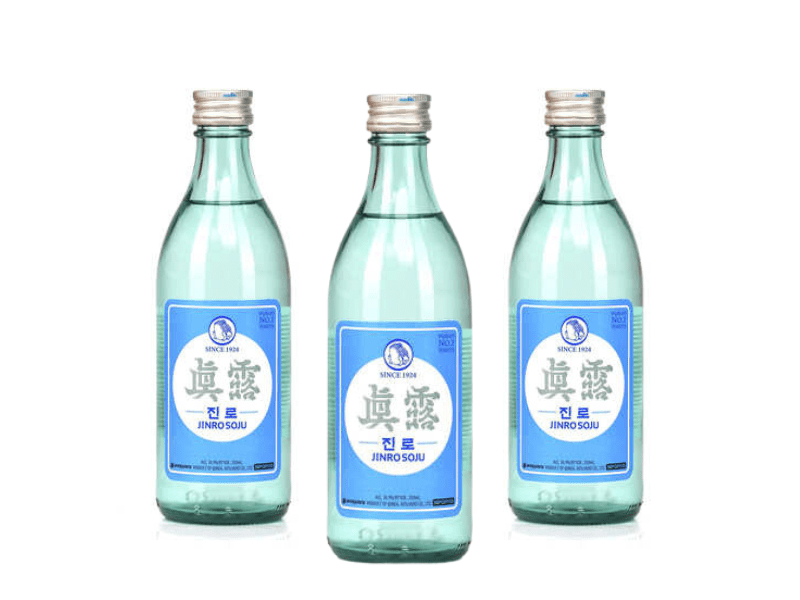
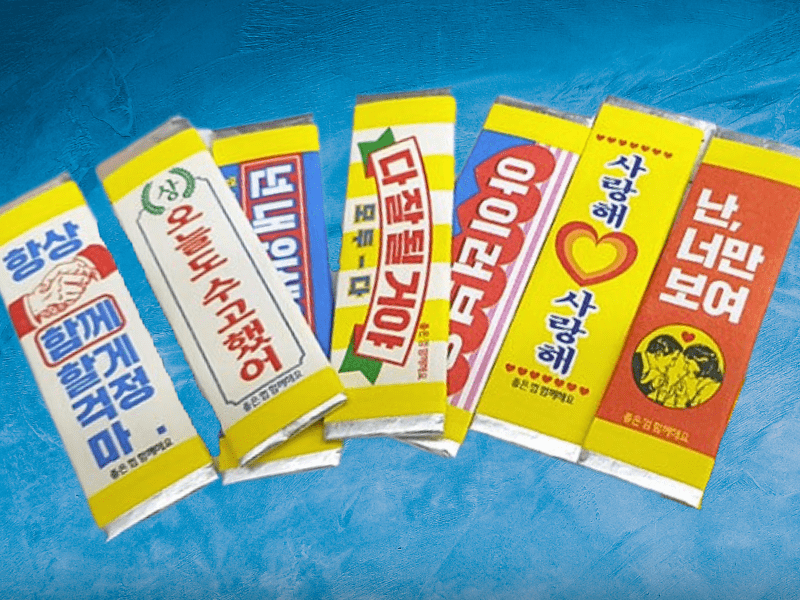
Some examples of of the Newtro Trend in Korea include:
- Jinro Soju released their bottle design from the 1970s and 1980s. These bottles are transparent and not the iconic green bottles that people associate with soju. The younger generation has jumped on them and actually seems to prefer them to the green bottles. Sales hit over 100 million units in the first 7 months of release.
- Lotte’s Juicy & Fresh Gum one of Lotte Confectionery’s most well-known products that was released in 1972, released a retro-edition of their best-selling product which featured designs similar to signboards from the 1970s and has words of encouragement like “Everything will be okay”, “I’ll always be by your side, don’t worry” and “I love you”.
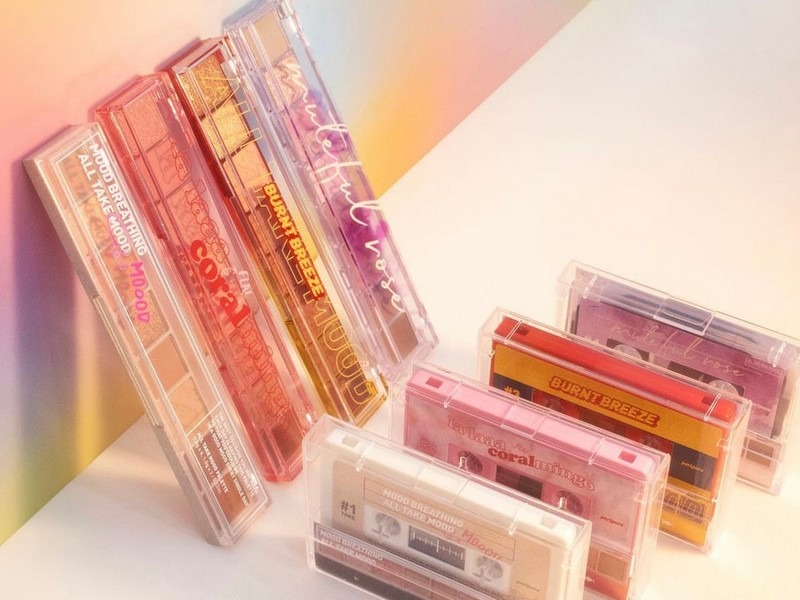
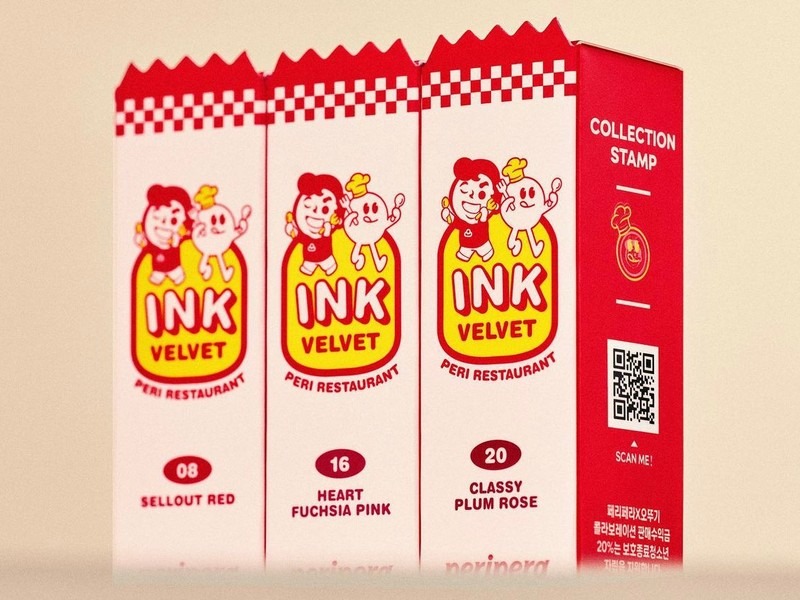
- Fila, a South Korean athleisure brand, released a line of shoes from the 1970s with steady sales that reached more than 500,000 pairs.
- K-beauty companies like Clio, Romand, Peripera, and Stonebrick also released limited edition make-up sets in retro styles with packaging like VHS tapes and cassettes.
- BTS even jumped on the trend and released exclusive vinyl records and cassette versions of their CD.

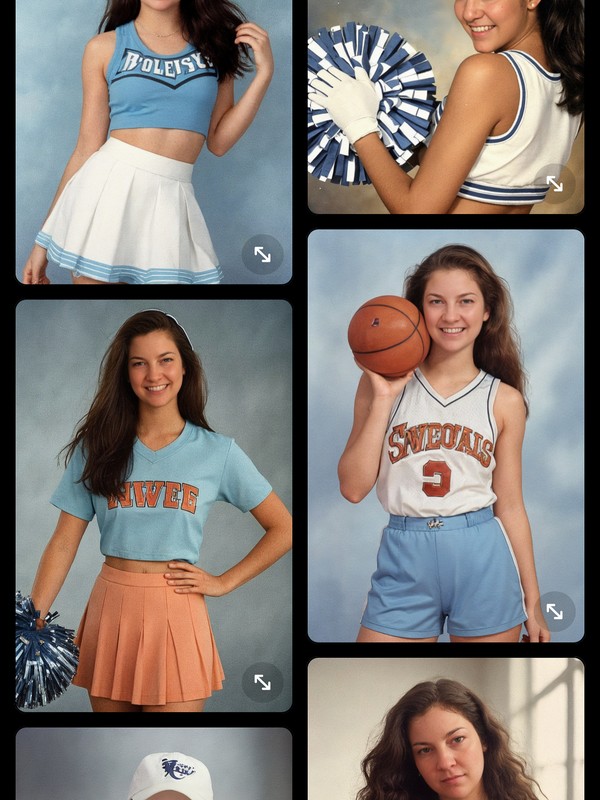
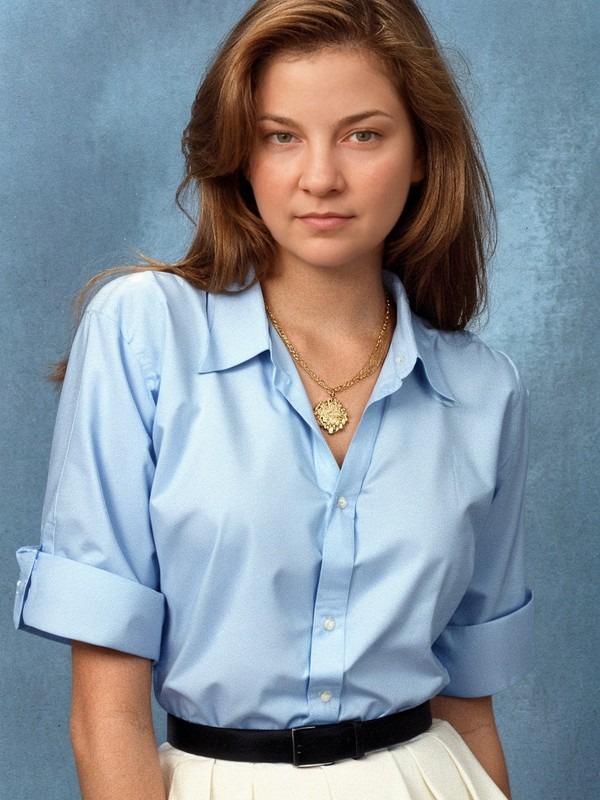
But, they weren’t exactly retro, they were “newtro”. Rather than recreating things from the past, the goal was to re-interpret and release things from the past. This can be seen in the viral trend currently of EPIK AI’s recreation of 90s style school photos. It’s a modern tech version of school photos with a 90s twist.
What does “halmennial” mean?
Halmennial, the combination of “halmeoni” (할머니), the word for grandmother in Korean, and “millennial” is the next stage of the “newtro” trend in Korea. The millennials, those born between 1982 and 2000, were enjoying this nostalgic trend and have gone even further to really embrace their grandmothers’ tastes.
Examples of the Halmennial Trend in Korea
While the Newtro Trend focuses a bit more on the retro trends from the 1960s to the 1990s in Korea, the Halmennial Trend sees millennials focused on traditional sweets with a “grandma-taste” (할매입맛), sweets that grandmothers love made with black sesame seeds, injeolmi, red beans, and mugwort. Companies have jumped on this creating black sesame seed ice cream, mugwort snacks, and injeolmi crisps.
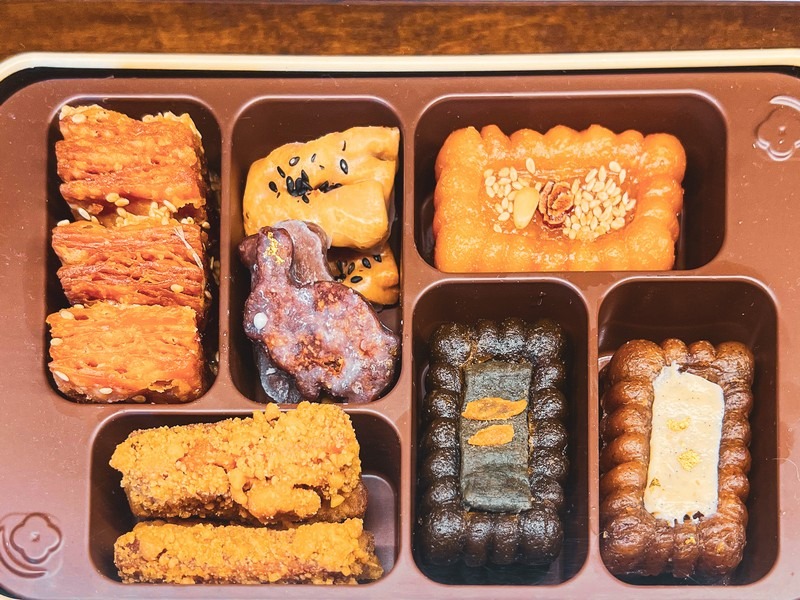
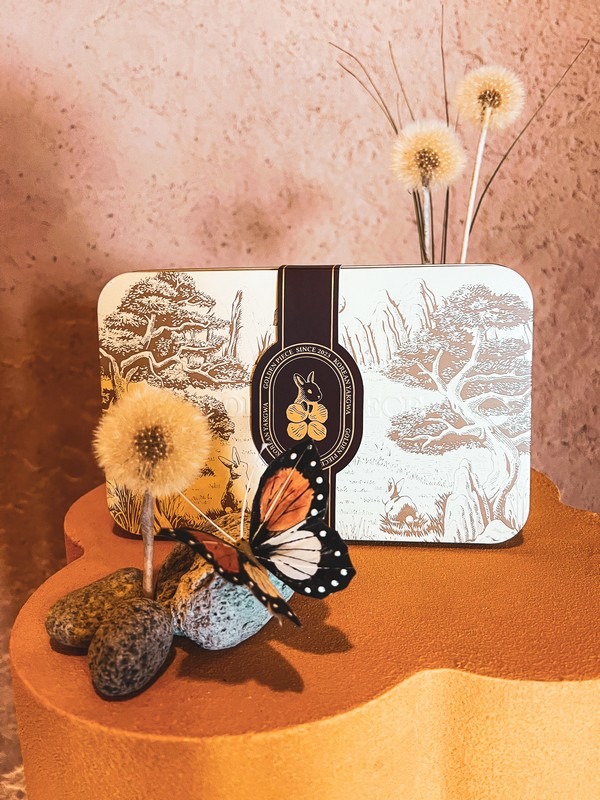
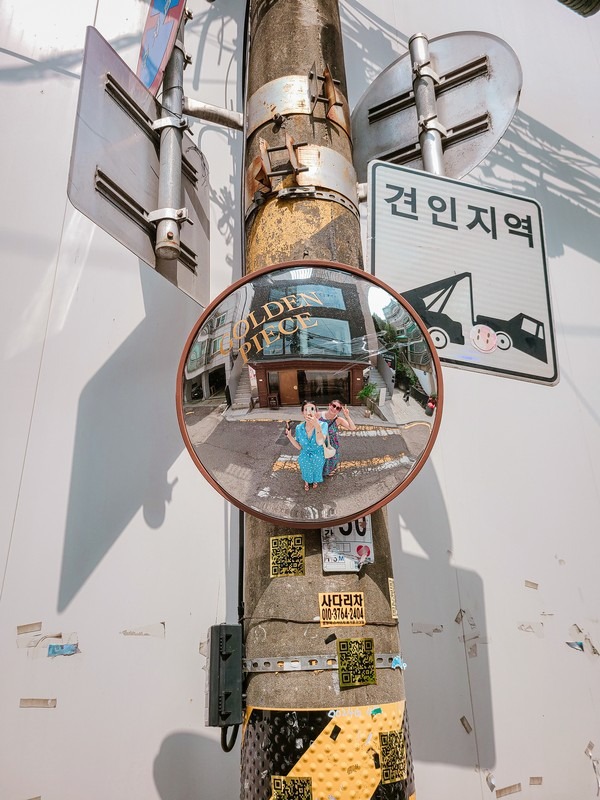
Yakgwa (약과), a deep-fried, wheat based Korean confectionary made with honey, cheonju, sesame oil, and ginger juice, traditionally seen during jesa and other festive periods in Korea has seen huge popularity, both the traditional version and new snack style options that have been released on trend.
Places like Golden Piece in Hannam-dong are selling out of their yakgwa sets it has become so popular. You can’t even walk in and purchase on-the-go, you have to reserve your yakgwa set. Granted, these are extremely upscale chic yakgwa sets, and not the standard yakgwa you can get from your favorite local granny, but this shop is riding high on the popularity of the time.
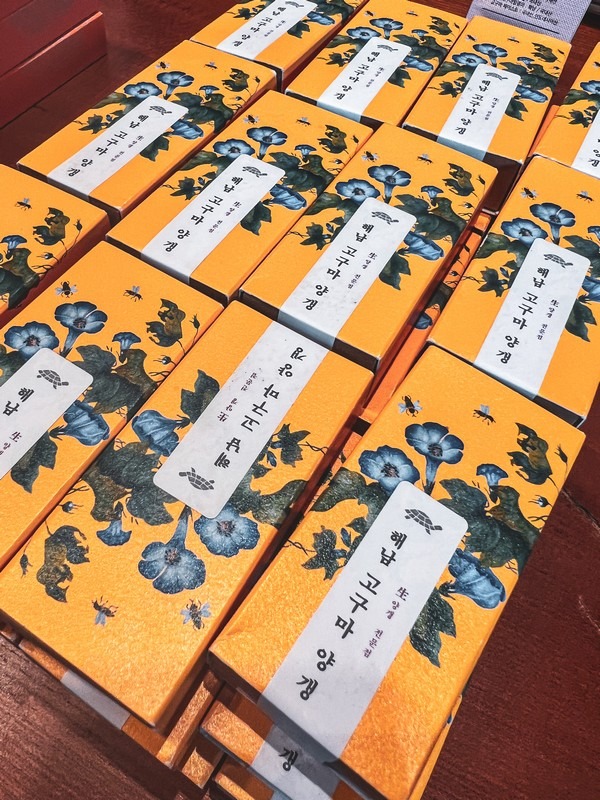
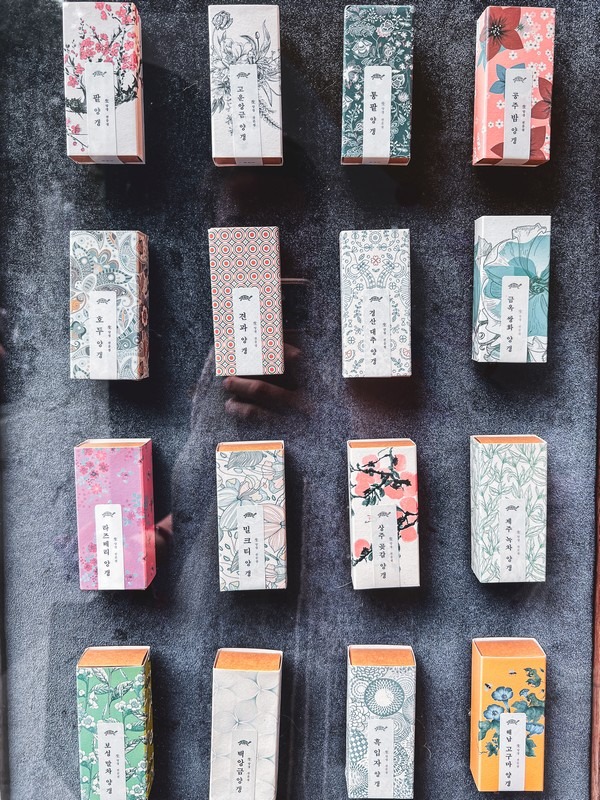
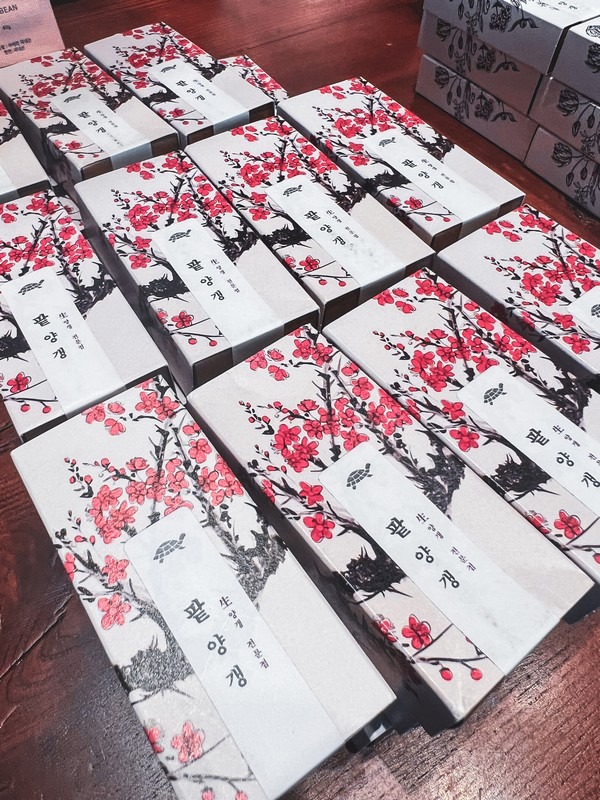
Yanggaeng, another traditional sweet treat, is a jelly like dessert that is traditionally made from red beans. An especially good place to find the jelly treat, but in a beautiful-design that has become popular is Geumokdang (금옥당).
Geumokdang has 16 flavors of yanggaeng including red bean, chestnut, green tea, walnut, raspberry, milk tea, jujube, sweet pumpkin, black sesame, cranberry, and pistacchio, among others. They make for beautiful gifts as the packaging features traditional Korean paintings of flowers, birds, and insects.
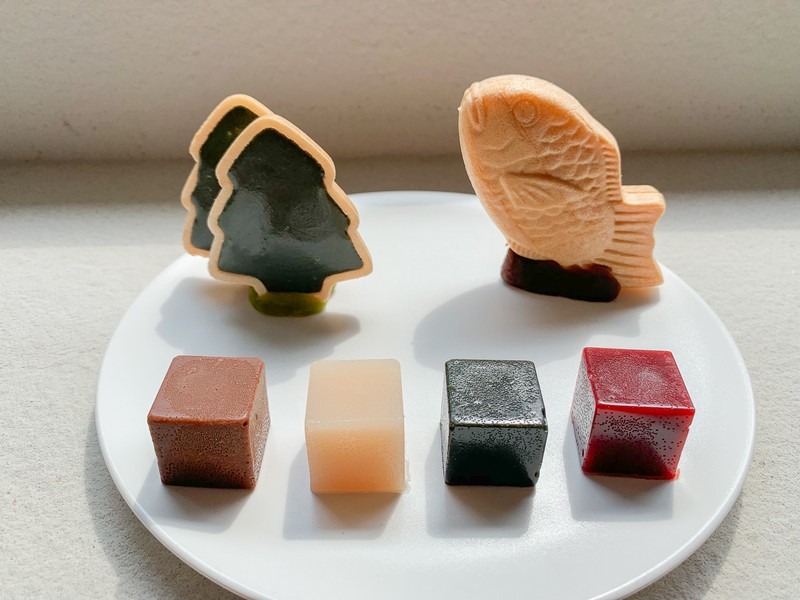
Places like Myosa (묘사서울), in the popular Seongsu-dong district of Seoul, have long focused on traditional Korean snacks and just around the corner you can find Cafe Cha(카페ㅊa), dedicated to making the old-school dalgona candy trendy. Old-school favorites have come back and are being embraced.
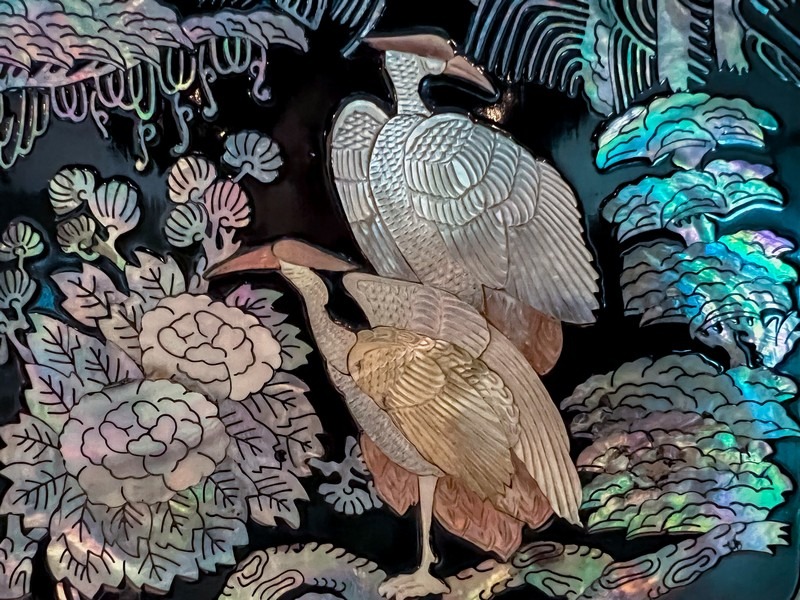
Not only can this be seen in snacks though, they’re interested in older Korean crafts like najeonchilgi, or lacquered mother-of-pearl. They’re purchasing “granny chic” (그래니 시크) attire, loose floral skirts, cardigans, and crochet vests. Check out the hashtags #그래니룩 (granny look) and #할미룩 (grandma look) to see some of these outfits. There were even more Korean acting and model seniors representing brands in ads which is quite uncommon in Korea.
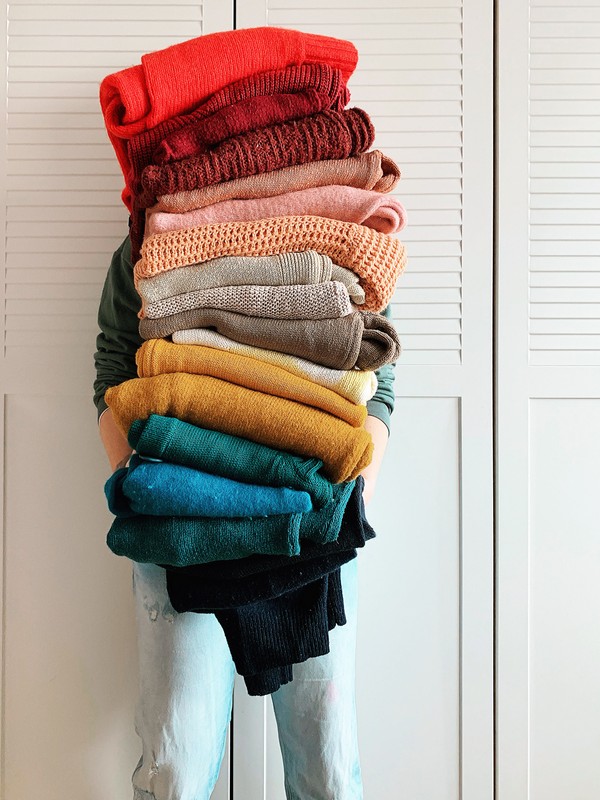
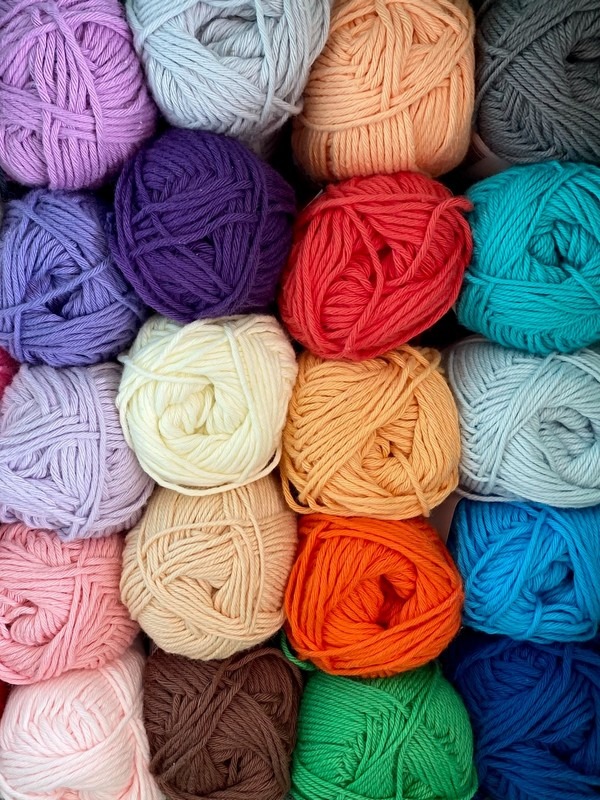
Millennials in Korea are embracing all things retro and even older than retro, from food, to fashion and everything in between and because of that companies from food manufacturers to tech are jumping in to reap the rewards.
Did you like this post? Pin iT!
